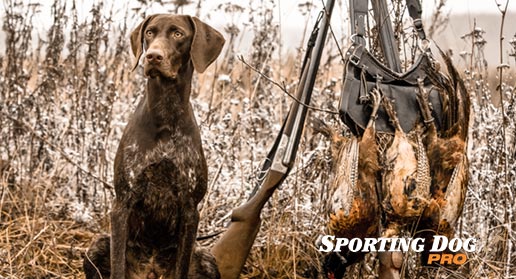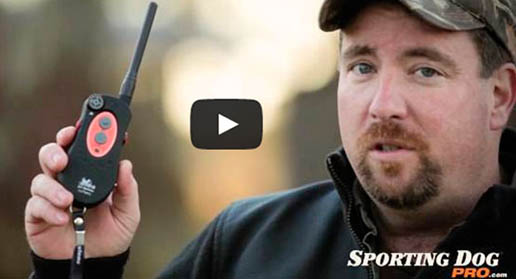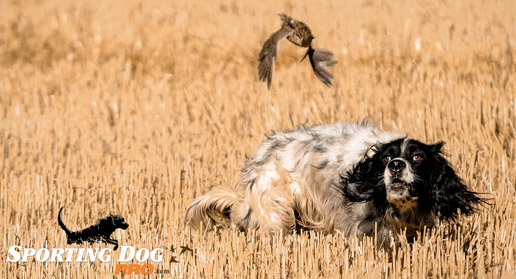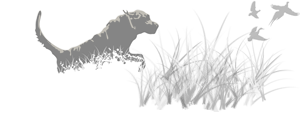You have no items in your shopping cart.
How to Gun Train your Hunting Dog

Gun training is very different from regular obedience training. It is critical that you teach it early because you can’t work backwards. Gun training isn’t a behavior issue it’s a part of introducing your hunting dog into an artificially engineered area of the hunting environment.
When to Begin So Gun Training is Most Effective
If you are starting with a young pup then it’s going to be simple. If you or someone else has already created a gun shy dog then it will be a little more involved. If you have patience, as with all training, then you shouldn’t have any real trouble.
First of all, never rush. It’s uncomplicated and straightforward if you just follow the process and your dogs’ reaction slowly. If you rush or don’t pay attention to your dog and his response the process can become quite cumbersome. When working with a puppy make sure the pup is mentally ready. There is no magic age, it just depends on whether he is ready and has developed the proper attitude. Is he focused or does he still get stuck underfoot when you take him out? Has he been properly introduced to birds? The birds should come first, if he is scared of the bird itself then he will more than likely be scared of the gun. If you are needing to introduce the bird first, start with a dummy bird that doesn’t flap, once he is used to the dummy then move to the flush so that you are certain he is ready for the gun. Because once he starts his gun training, the goal is for him to focus completely on the bird and not the gun.
Once you determine that your dog is ready to take the next step and be introduced to the gun you will want to start with a small gun far away from you and the dog. Using a helper to shoot a BB gun or blanks have him start somewhere around 100 to 75 yards away and gradually work closer. While your partner is shooting, you will be using the dummy birds to check your dogs reaction. If he has no reaction to the gun, that’s great! Move him closer and continue the process. If he becomes aware of the gun or reacts to the gun then, back him back up to a distance that was having no obvious effect on him. Learn to read your dogs’ body language. Most dogs use such obvious body language and learning your dogs body language can help you in all aspects of training. Take your time because working backwards is so much harder than doing it right the first time. Creating the association of guns with the reward (the bird) is part of the process but, the bird should still remain the most important part.
Common Mistakes
Mistakes happen but, here are a few common mistakes to avoid. Never fire a gun around a dog, old or young, just to see if it is gun shy. This is just not smart. Being gun shy isn’t something a dog is born with, it is usually taught with bad training. Second, as tempting as it is to use food for a reward, it isn’t the best reward for gun training. It creates the wrong idea about the reward, which should be the bird or other game. The most common mistake, which I have pointed out earlier, is rushing. Patience and time are your best tools to produce an excellent gun dog.
If it is excitement he feels at the shot and not apprehension the you know you have succeeded.











